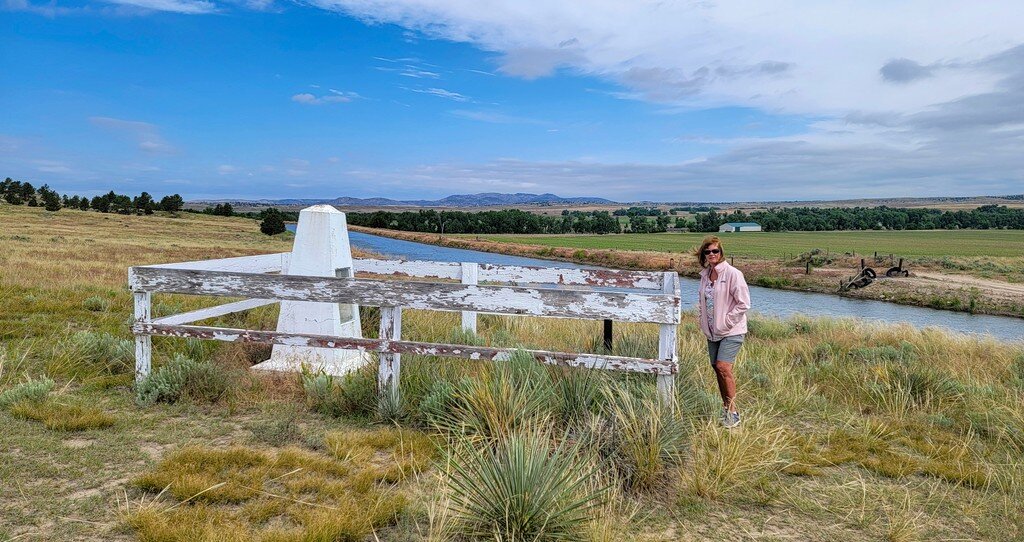
Fort Laramie / Guernsey Ruts / Register Cliff
Fort Laramie in southeastern Wyoming was a significant military outpost in the American West. Originally established in 1834 as a fur trading post by William Sublette and Robert Campbell, it played a crucial role in the westward expansion of the United States, particularly during the mid-19th century.
The fort was initially set up to support the fur trade, offering goods and services to trappers, traders, and Native American tribes. Located at the confluence of the Laramie River and the North Platte River, it became a central hub for the Rocky Mountain Fur Company. The area around the fort saw interactions between various Native American tribes, such as the Cheyenne, Sioux, and Arapaho, and the European settlers or traders.
In 1849, Fort Laramie was officially designated as a U.S. Army post after the United States government took control of the fort. Its purpose then shifted to serving as a military outpost designed to protect settlers traveling along the Oregon, California, and Mormon Trails. Fort Laramie also became a key staging point for military campaigns during conflicts with Native American tribes, such as the Indian Wars. The fort was expanded significantly over time, with the construction of stone buildings, barracks, and fortifications. It became a focal point in the U.S. government’s efforts to enforce treaties with Native American tribes and maintain order as settlers moved westward.
Fort Laramie’s significance diminished after the 1870s, as the railroad expanded and the military focus shifted to other regions. The fort was officially abandoned in 1890, and its structures were either repurposed or left to deteriorate. Today, the site of Fort Laramie is a National Historic Site.
Just west of the fort is the town of Guernsey. There you will find two interesting sites related to the westward migration of settlers, pioneers, and travelers, specifically along the Oregon, California, and Mormon Trails.
The Guernsey Ruts are deep, weathered tracks created by the thousands of covered wagons that passed through the area during the 19th century. These ruts serve as a reminder of the difficult journey faced by those heading to Oregon, California, and Utah. They are located in an area where the wagon wheels cut into the soft sandstone, creating deep grooves in the landscape. The ruts are visible to this day, and they can be seen etched into the rock, often stretching several feet deep in some places. The ruts are a rare physical manifestation of the history of the westward migration. While similar wagon tracks are found in other parts of the country, the Guernsey Ruts are particularly well-preserved, making them an important site for historical study and education.
Register Cliff, also in the Guernsey area, is best known for its large, smooth sandstone cliffs that were used by these same pioneers as a place to carve their names, dates, and messages. These inscriptions, left by thousands of emigrants, are a testament to the trail’s importance during the westward expansion of the United States. Unfortunately, before the area became protected, many more recent visitors also carved their names and messages into the cliff.
This area was a great day trip from Wheatland Wyoming in June 2024.
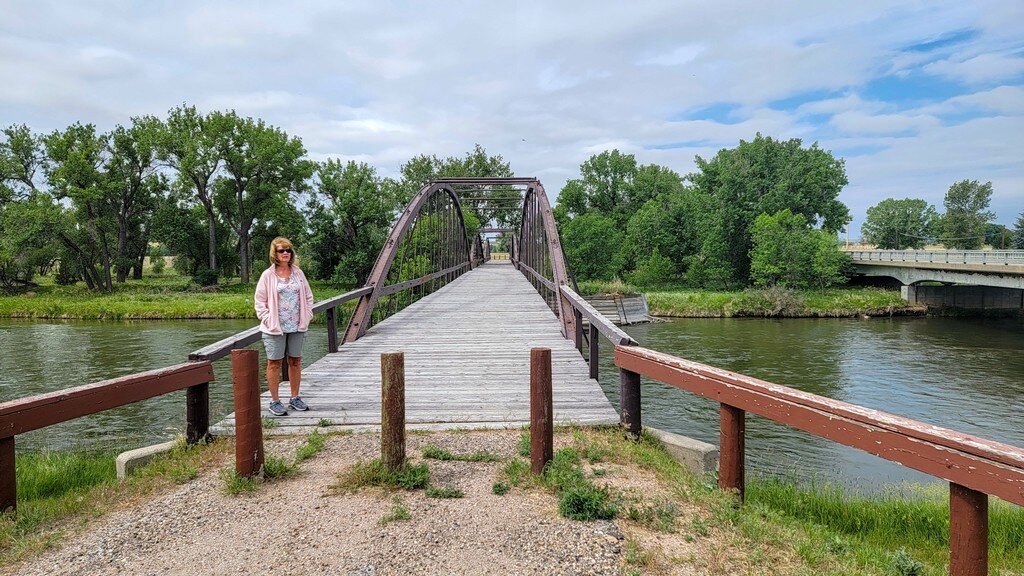
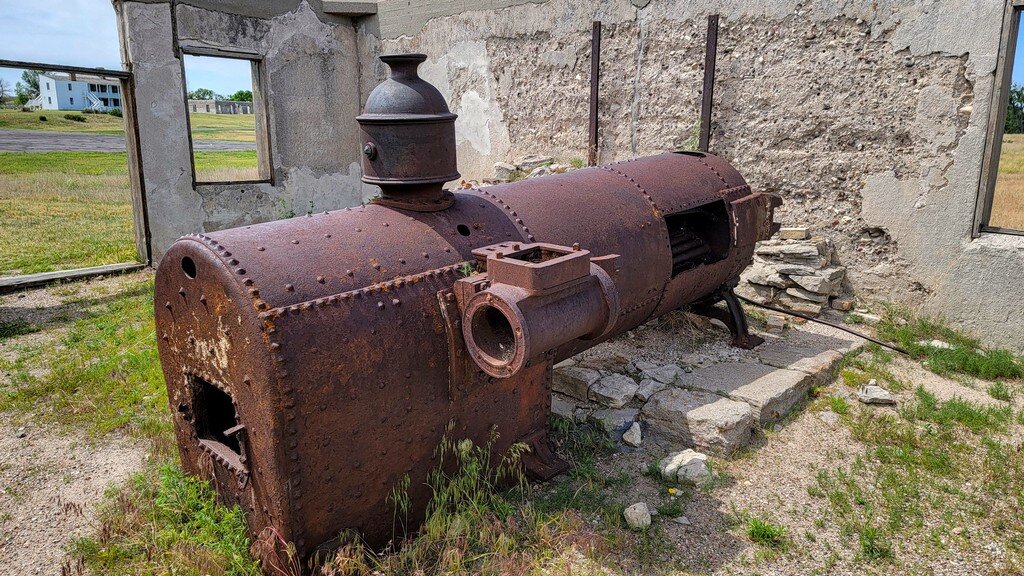
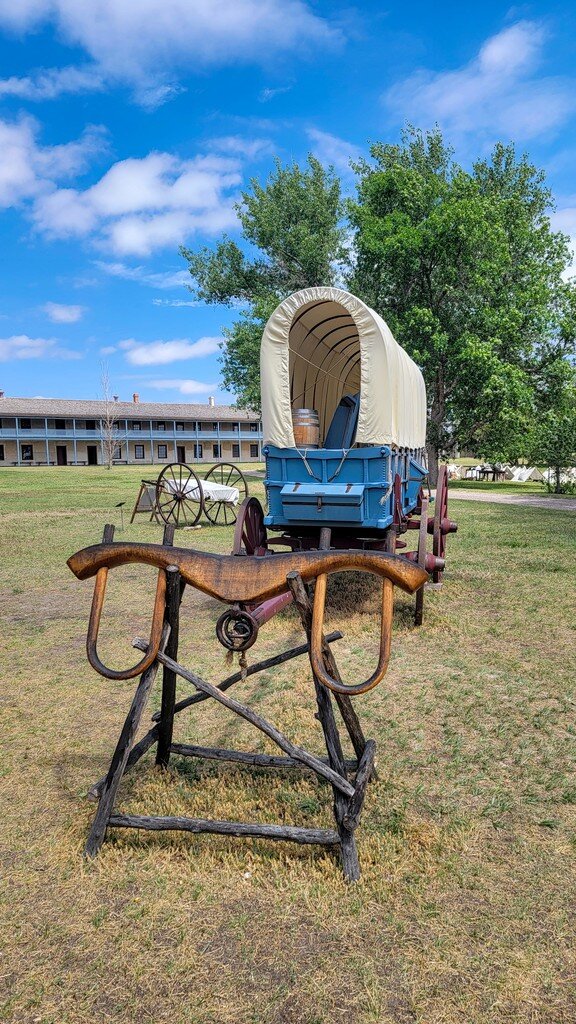
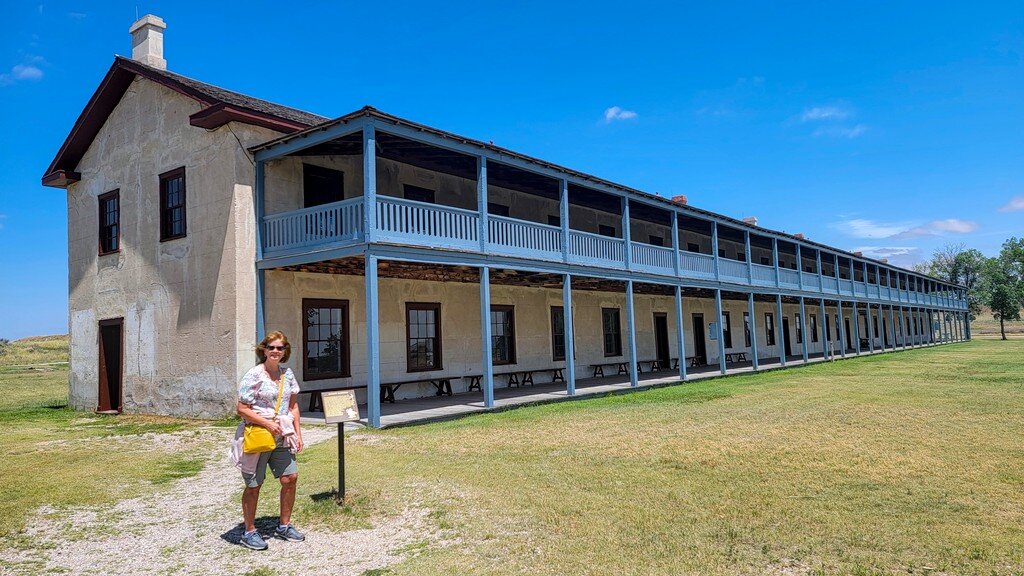
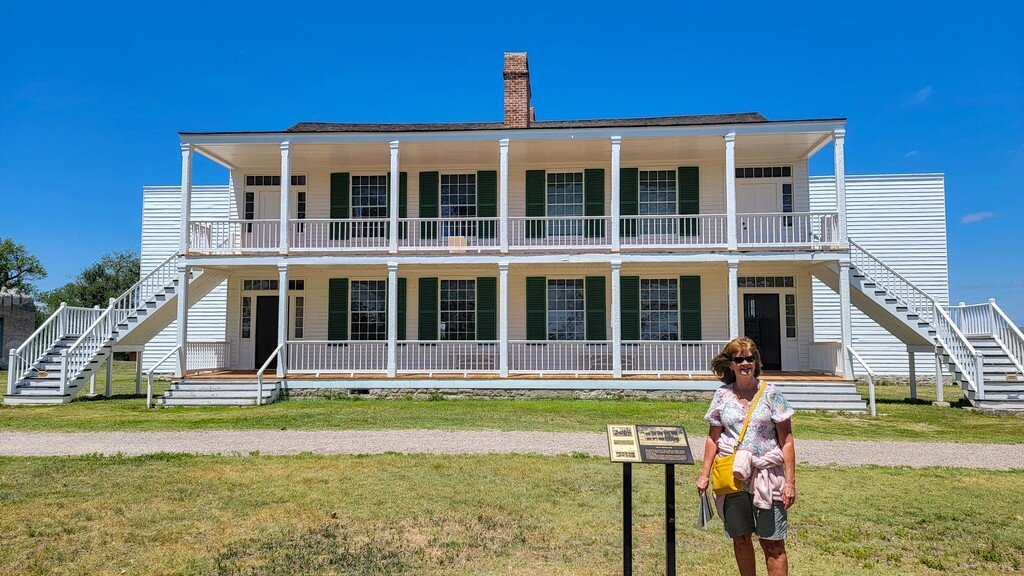
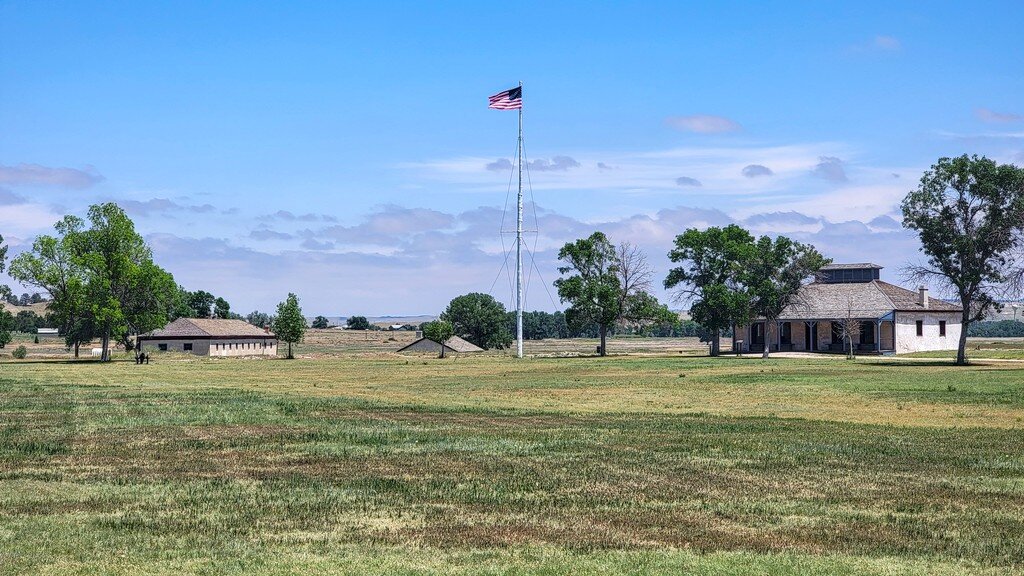
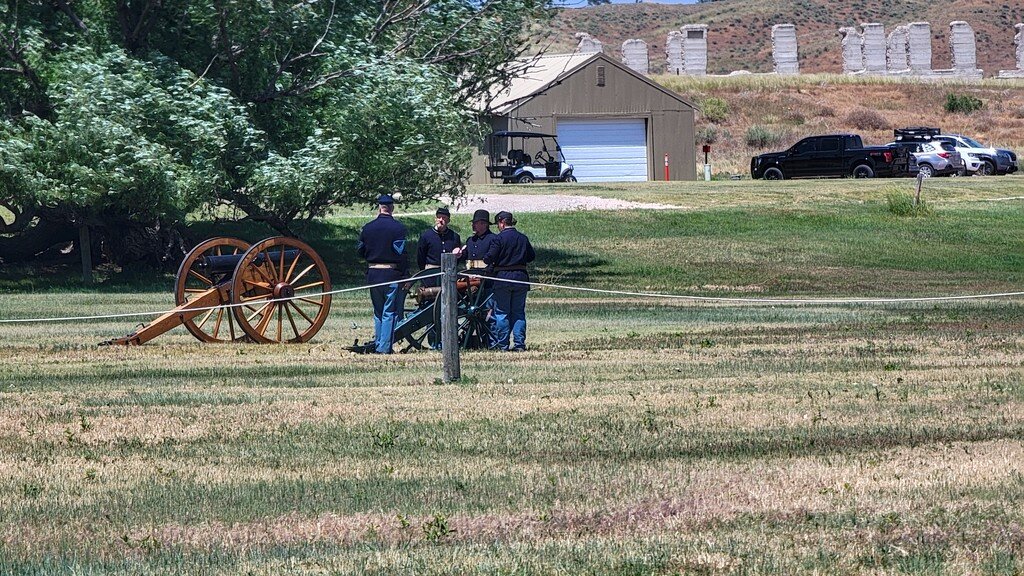
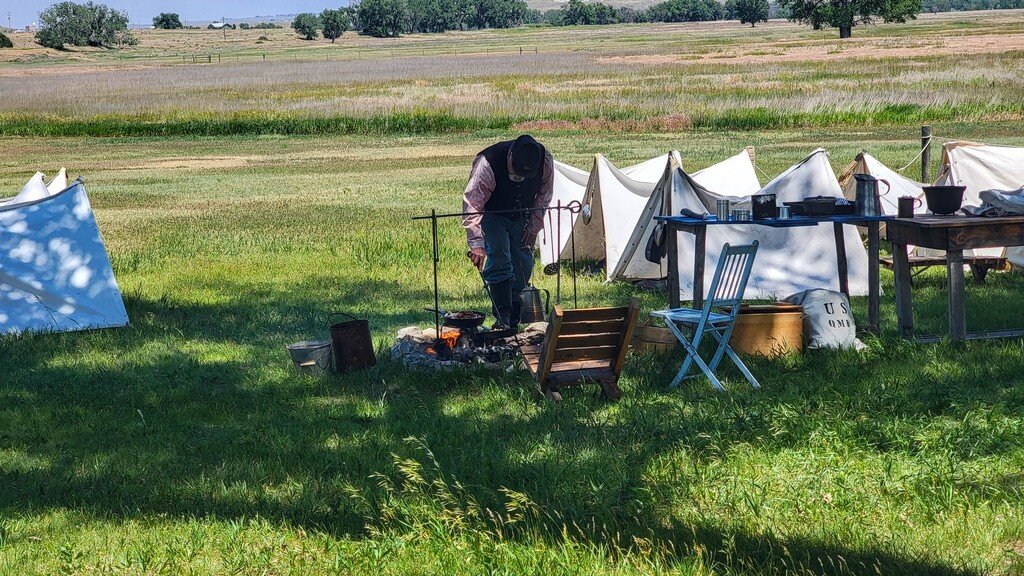
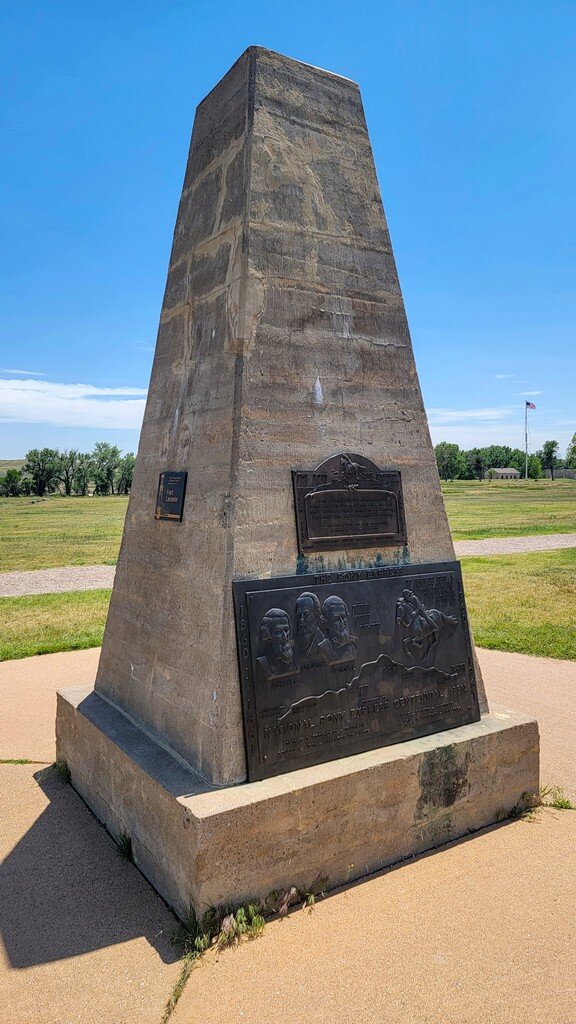
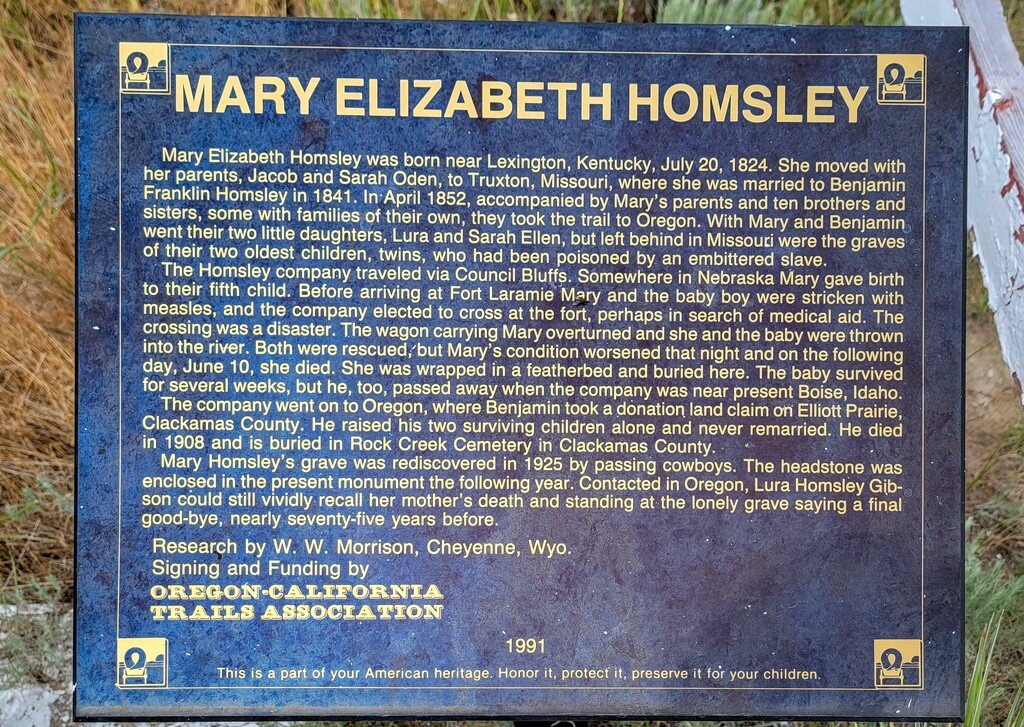
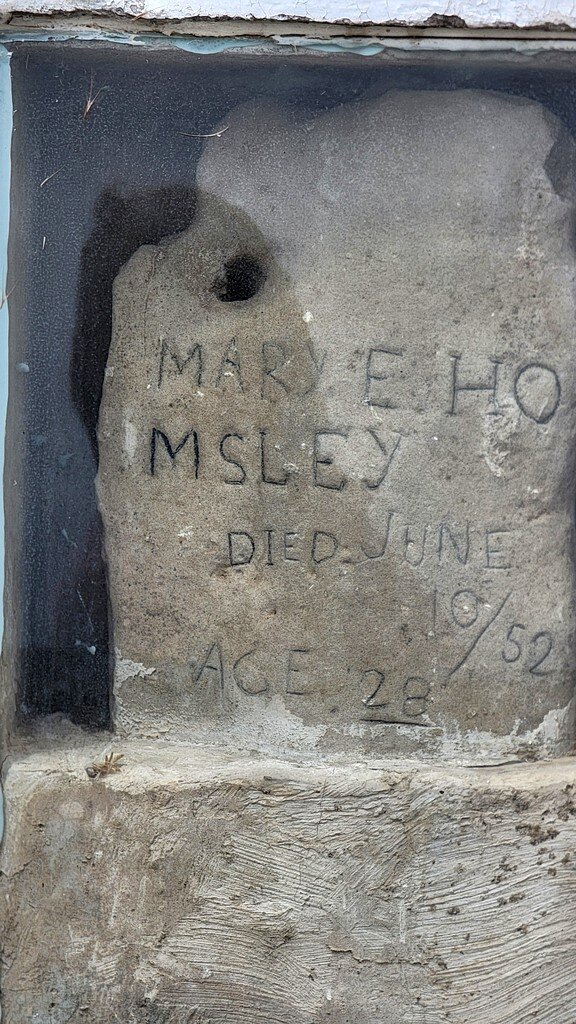
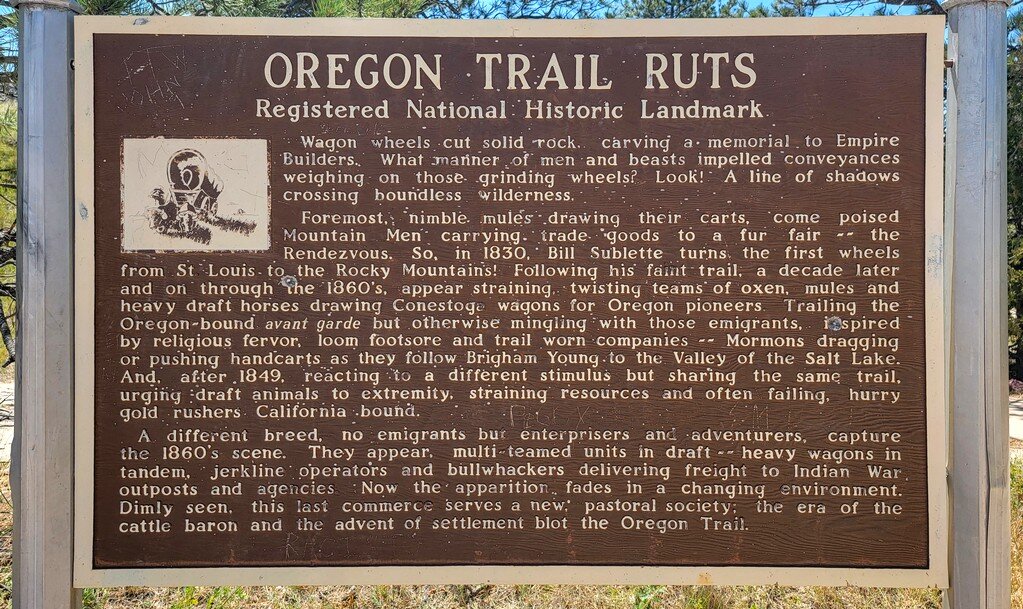
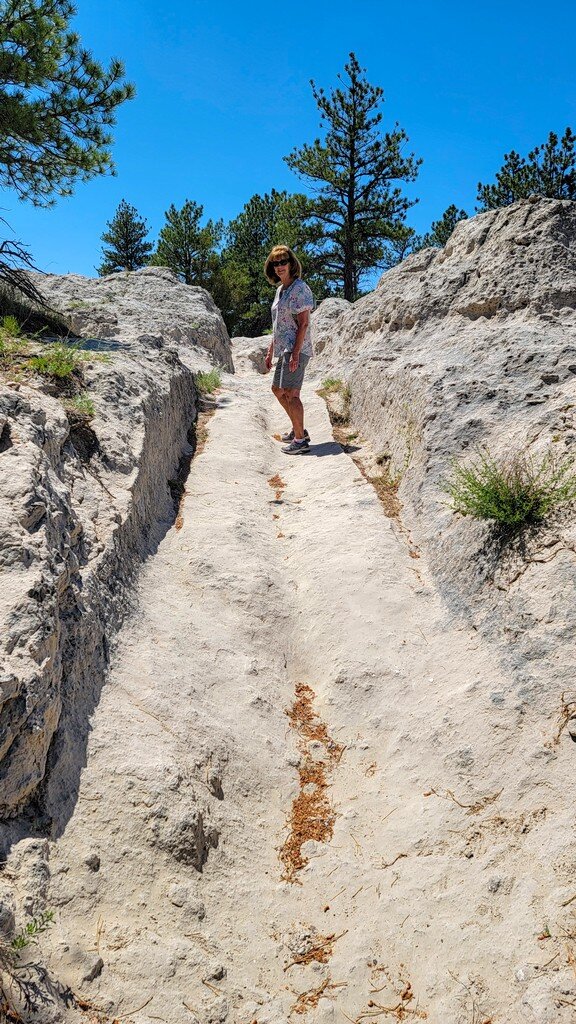
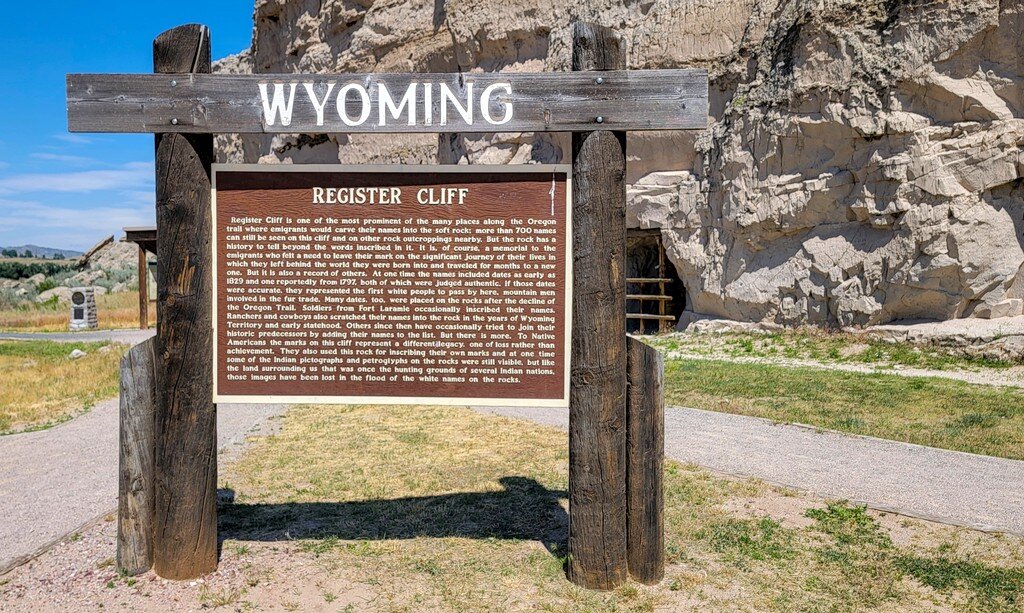
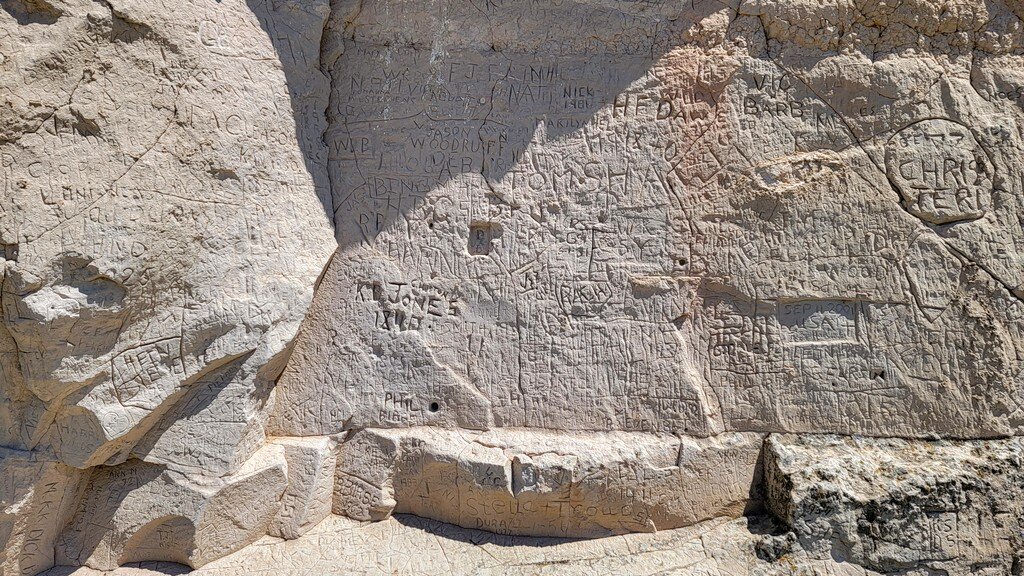
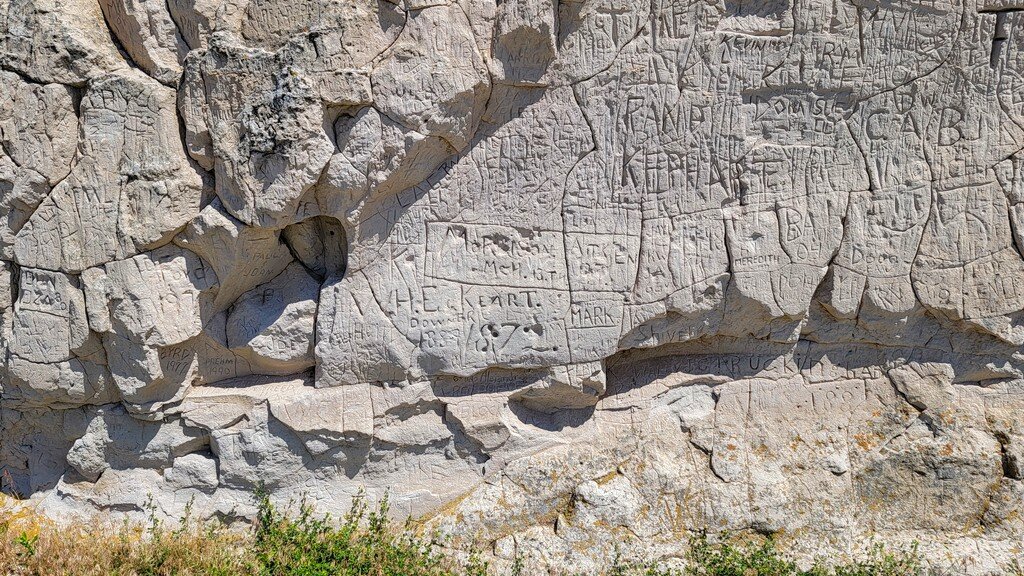
2 thoughts on “Fort Laramie / Guernsey Ruts / Register Cliff”
That does look like a great day trip!
Wowza – that’s a lot of history! Thx for posting it for those of us that would not have seen it otherwise! Keep up the travels and sharing them with all of us!